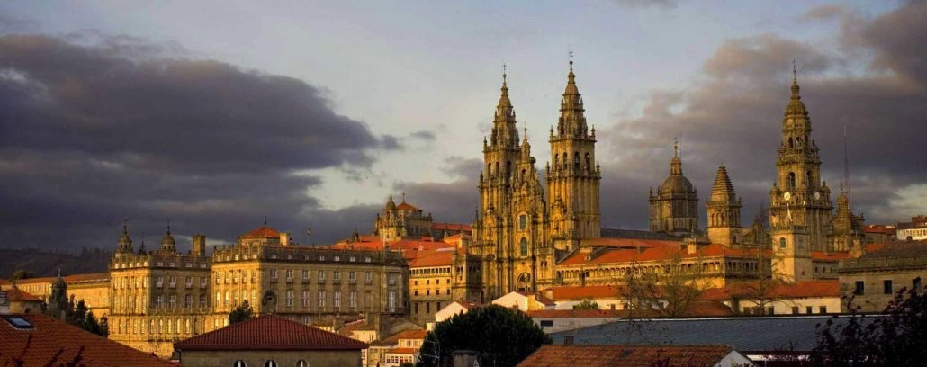Speakers
Description
The study of nucleon transfer reactions is an important area of heavy ion physics because these reactions provide the possibilities for the synthesis of new exotic nuclei. There are various methods of production of light exotic neutron-rich nuclei (light nuclei with an unusually high number of neutrons). Multi-nucleon transfer reactions are one of the tools to access neutron-rich oxygen isotopes. Its advantage is the low excitation energy of the formed reaction products leading to their higher survival probability (lower probability of their subsequent decay).
This report presents of neutron transfer mechanism for the reaction 181Ta(18O, 19O). Numerical solution of the time-dependent Schrodinger equation (TDSE) is used for studying neutron transfer processes. TDSE allows us to visualize the dynamics of taking place processes [1-5]. The probabilities are calculated for neutrons transfer from outer shells of the target 181Ta. The results of calculations of transfer cross sections are in satisfactory agreement with experimental data [6] for reaction 181Ta(18O,19O). High probability of neutron transfer from the 181Ta nucleus to the 2s orbital of 18O nucleus at near-barrier energies has been yielded.
In our previous work [6], differential cross sections for the formation of oxygen isotopes in the reaction 18O+181Ta have been measured at projectile nucleus energy 10A MeV on the high-resolution magnetic spectrometer MAVR. Theoretical analysis has been performed in the DWBA formalism using the FRESCO code under the assumption of sequential neutron transfer mechanism.
1 A.K.Azhibekov, V.V.Samarin, K.A.Kuterbekov, Time-dependent calculations for neutron transfer and nuclear breakup processes in 11Li+9Be and 11Li+12C reactions at low energy, Chinese Journal of Physics 65 (2020) 292.
2 Yu.E. Penionzhkevich, Yu.G. Sobolev, V.V. Samarin et al., Energy dependence of the total cross section for the 11Li+28Si reaction, Phys. Rev. C 99 (2019) 014609.
3 Yu.E. Penionzhkevich, Yu.G. Sobolev, V.V. Samarin, M.A. Naumenko, Peculiarities in total cross sections of reactions with weakly bound nuclei 6He, 9Li // Physics of Atomic Nuclei 80 (2017) 928.
4 A.K. Azhibekov, Yu.E. Penionzhkevich, M.A. Naumenko et al., Probabilities of neutron transfer to single-particle levels in the reaction 181Ta(18O, 19O) at near-barrier energies // AIP Conference Proceedings 2377 (2021) 070001.
5 A.K. Azhibekov, Yu.E. Penionzhkevich et al., Dynamics of the Neutron Transfer Process in the Reaction 181Ta(18O, 19O) at an Energy of 10 MeV per Nucleon // Physics of Atomic Nuclei 84 (2021) 635.
6 A.K. Azhibekov, V.A. Zernyshkin, V.A. Maslov, Yu.E. Penionzhkevich et al., Differential Production Cross Sections for Isotopes of Light Nuclei in the 18O+181Ta Reaction // Physics of Atomic Nuclei 83 (2020) 94.
| Topic | Experiment |
|---|

